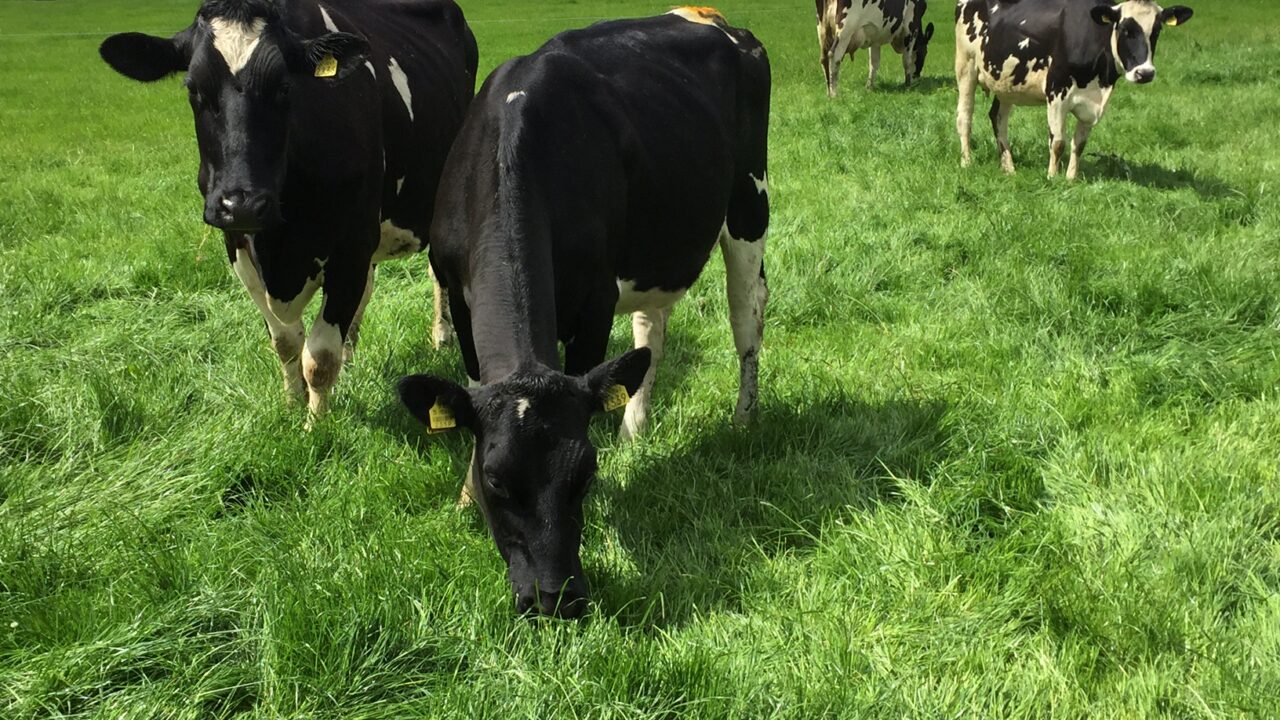Holstein UK has submitted preliminary proposals to the European Commission, which – if implemented – would see EU dairy farmers and Brussels contributing equally to a mandatory fund. This would then be used, voluntarily, to address any future supply-demand imbalance.
“The levy would be set at 0.1c/L on all milk produced throughout the EU,” said Holstein NI secretary John Martin.
“Matched funding would be made available by Brussels and the monies generated would then be used to compensate farmers for cutting back on production at times of over-supply. This approach would generate a total annual fund of €150m.
“The enhanced Milk Market Observatory could be used to determine when any imbalance might need to be addressed.
“Our proposals have been submitted to the European Commission in Brussels, as part of the ongoing CAP consultation process.”
Martin said that the principle of incentivising a reduction in milk output across Europe has been shown to work.
The success of the recent voluntary milk reduction scheme is proof positive that such an approach can be extremely effective when it comes to stabilising farm-gate milk prices.
“The reality is that the EU is now the biggest international trader of milk products. So, what happens within Europe does have a fundamental impact on the strength, or otherwise, of world dairy markets.
“And this principle holds, whether or not the UK is a member of the EU.”
He continued, “Since October 2016 we have seen an improvement in the milk price paid to farmers on the back of significant increases in the value of some dairy products. This had followed a prolonged depression in milk prices.
“In essence, volumes of milk produced continued to increase as milk prices fell, as farmers attempted to maintain their cash flows.
Lessons must be learned from this and some mechanism must be put in place to allow small downward adjustments in production, to allow the markets to stabilise.
“Intervention storage has been used as a stabilisation tool in the past, taking product off the market in an attempt to improve product prices. With the benefit of hindsight, we now know that this mechanism on its own cannot always deliver the desired effect.
“The introduction of the ‘production reduction’ scheme last October had an immediate effect on commodity prices and, whilst some would argue that production was declining, it sent out two very strong messages.
“Firstly, a looming reduction in supply drove market sentiment upwards. The second message was one to farmers that less really is more and that producing more milk for the sake of it can have a detrimental effect on their profitability.”
Martin said that a ‘production reduction’ scheme should be available on an ongoing basis, as a means of reducing extreme volatility within the EU dairy sector.
“We can see in the future that such a scheme could be used to make small adjustments in supply.
“However, farmers must be a part of such a scheme and should be prepared to contribute towards a fund which could be match-funded by Europe and then used to support the sector when needed.”
He concluded, “Production swings of between 1% and 2% can have a huge impact on the price paid to farmers. So a 0.1 cent/L levy is a very cheap insurance policy against financial ruin.”

